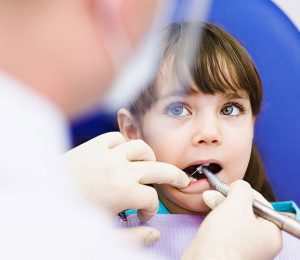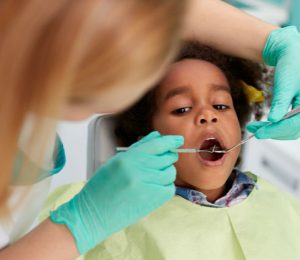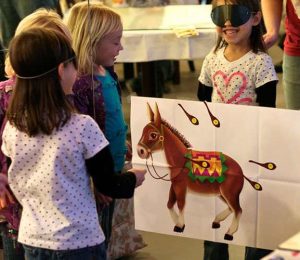Your baby’s first tooth is a momentous event and one that may start you wondering, “So, when should I take her to the dentist?” We asked paediatric dentist Dr. Shonna Masse of the Children’s Dental Centre in Toronto about a child’s first trip to the dentist and about caring for young children’s new teeth.
When should parents first take their child to the dentist?
Typically a paediatric dentist will see children on the child’s first birthday or the eruption of the first tooth, which ever occurs first.
Paediatric dentists tend to provide anticipatory guidance on many oral health issues. For example, we discuss diet and nutrition of young children and infants, dental trauma, growth and development, oral hygiene practices, non-nutritive sucking habits, and of course, we also check to ensure there are no cavities present.
How often do children need checkups?
After this visit, most children can manage with a regular check-up and cleaning every six months. Cavities spread faster in primary teeth than adult teeth so it is important to catch things sooner rather than later. Some children with medical conditions or higher need require checkups every three months.
Brushing young children’s teeth can be an all-out battle. What is the best way to brush?
It is often easier for a parent or caregiver to brush a child’s teeth if they are standing or sitting behind the child. To brush from the front of the child can be awkward and it is difficult to reach the back teeth or under the lip of the front teeth. Laying the child on a bed helps to get a better view of the entire mouth.
Try not to sweat the small stuff. If the child cries when you brush, try to be consistent and continue until the brushing is fully complete. Remember, you are not hurting your child by brushing his or her teeth. It may avoid pain and suffering in the future.
They will get used to your consistency and persistence and begin to allow you to brush without protest.
What about technique? What’s the best way to brush a young child’s teeth?
Brushing in a circular motion at the gum line is important. Using a timer is important. The duration (two minutes) and frequency (three times a day) is what sets a good brusher for life.
Parents should brush their children’s teeth and floss at bedtime. Children don’t have the attention to detail and manual dexterity to complete a great brush themselves until they are colouring between the lines well or can tie laces on their shoes.
Also, if you see blood on your child’s gums when you brush, don’t stop brushing. It usually indicates that you need to improve the duration and frequency of brushing to help remove plaque and brush more so that the gingivitis will go away.
Gingivitis is reversible. You can ask the dentist to show you other techniques to help. A manual brush used properly can do a great job, but sometimes the novelty of a rotary brush works well for some children. It also has a timer, so it forces the kids to brush longer. Some children do not like the noise or vibration of a rotary brush. So it’s really a matter of preference.
IMAGE: JULIE K IN TAIWAN/FLICKR CC
Read more:
 |
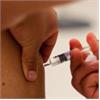 |
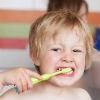 |
| Tips for Easing Fears of the Dentist |
10 FAQs about the Flu Shot Answered |
4 Common Myths about Kids’ Oral Health |


